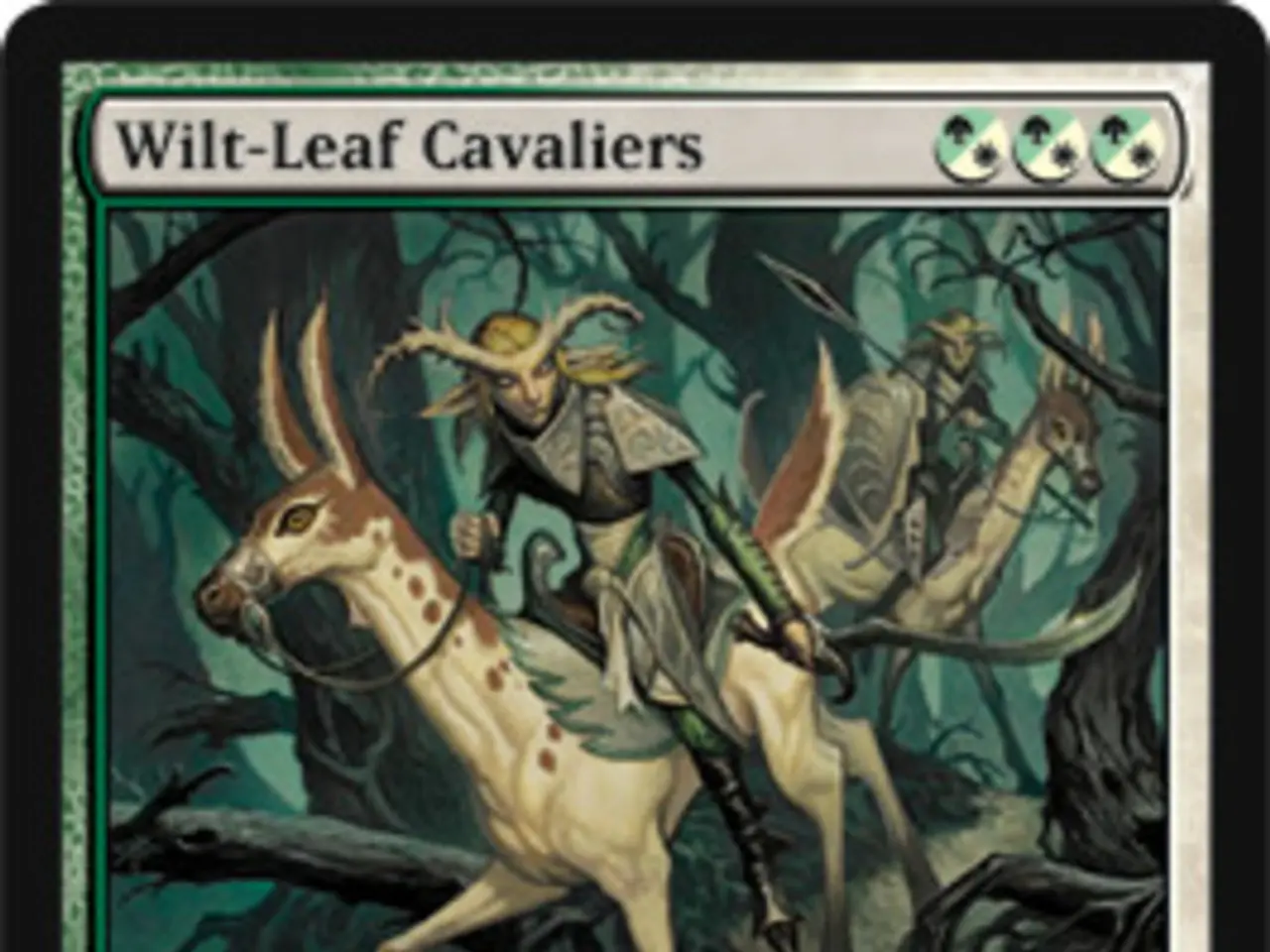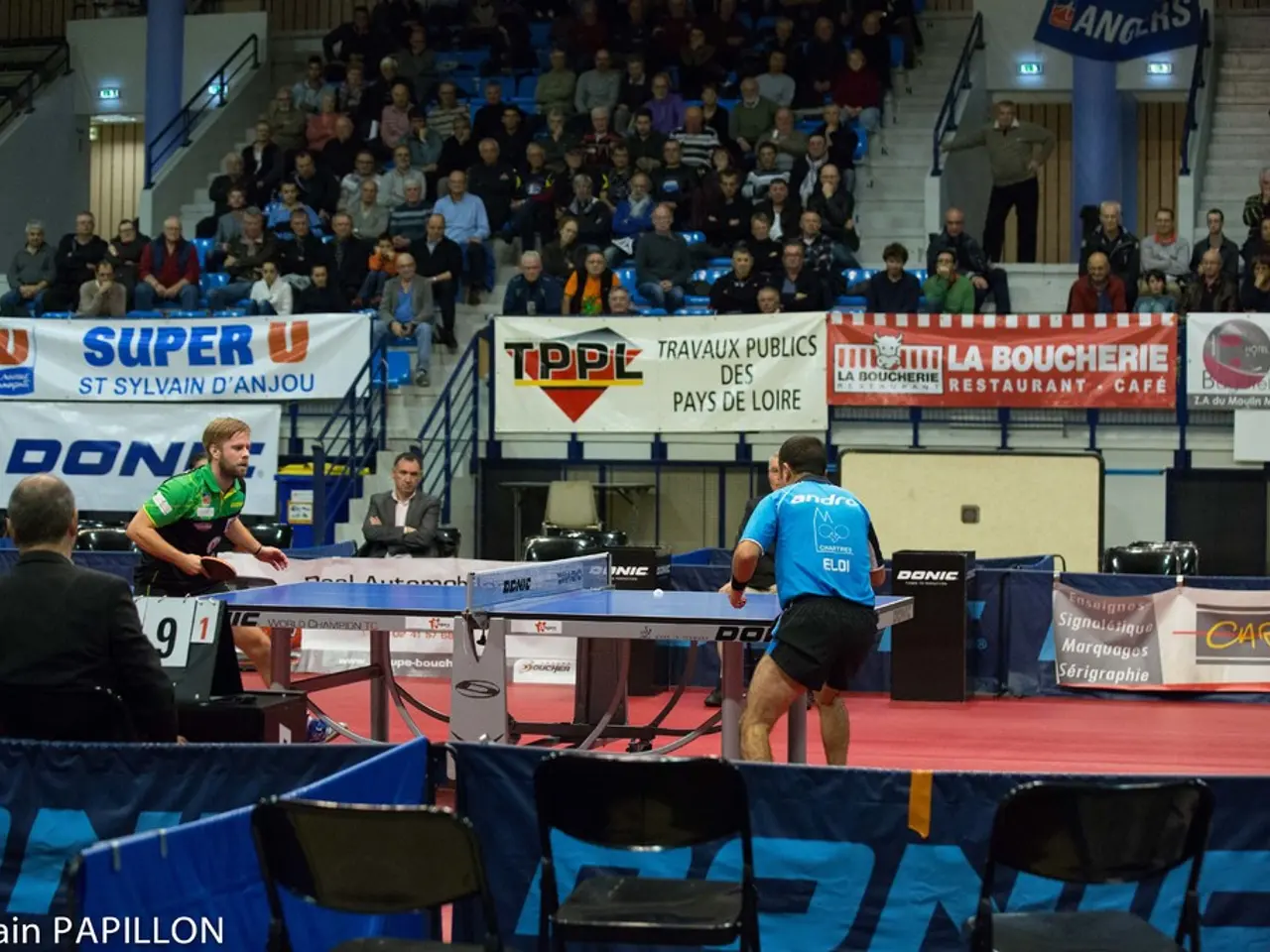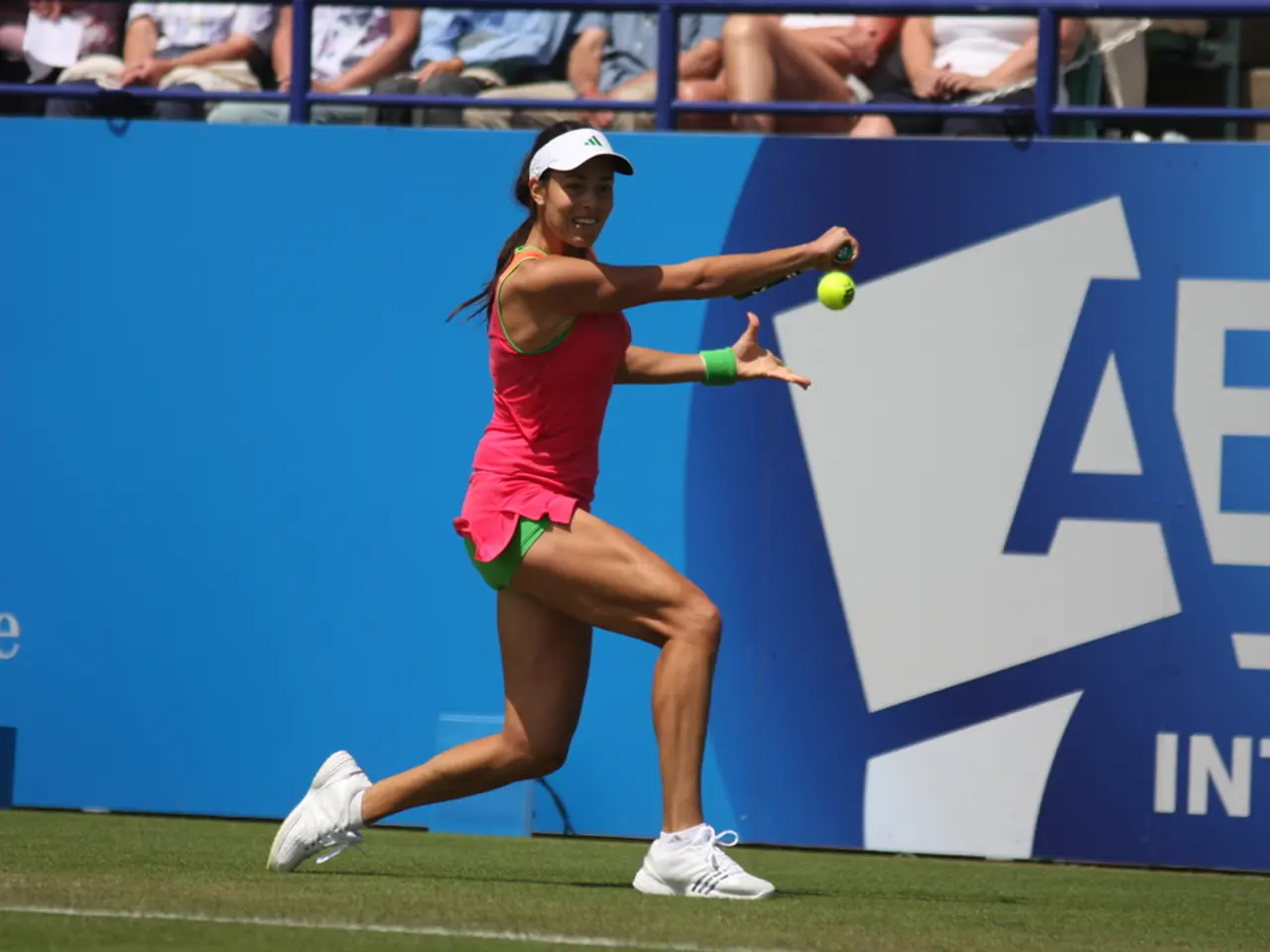Influencer Marketing ROI Comparison: Continuous vs Intermittent Campaigns
In the world of digital marketing, influencer strategies have evolved significantly. Two primary approaches have emerged: Always-On partnerships and Burst campaigns.
A unified influencer ROI dashboard, built in a Business Intelligence (BI) tool, is transforming the landscape by blending social analytics, e-commerce orders, email captures, and paid media overlays. This innovative approach allows brands to track the performance of their influencer marketing efforts more effectively.
Always-On influencer partnerships are designed as ongoing, strategic programs rather than one-off activations. Brands treat influencers as long-term collaborators, aligning them with specific funnel stages (awareness, consideration, conversion, re-engagement) to maximize performance in each segment.
Modeling Always-On as a long-tail revenue curve shifts the conversation with Chief Marketing Officers (CMOs) from "did we get ROI this month?" to "are we compounding brand equity and steadily reducing cost-per-acquisition?" Organic Lift Analysis is used to isolate organic halo effects, such as brand searches, direct traffic, and earned media gains that stem from the influencer activation but fall outside direct click paths.
Unique UTM parameters are embedded in every influencer link, segmented by campaign, creator tier, and content format, providing valuable insights into the performance of each influencer and content piece. Introducing an affiliate-style performance tracker within your influencer marketing platform can automate payout based on actual conversions.
On the other hand, Burst campaigns are defined by concentrated influencer activations over a limited timeframe. They aim to generate rapid spikes in brand visibility, engagement, and sales by mobilizing multiple creators simultaneously with targeted offers, affiliate links, or discount codes. Measurement in Burst ROI activations should be built on direct attribution wherever possible.
Both approaches require robust, outcome-focused measurement frameworks prioritizing performance over impressions or engagement alone. Brands should move beyond vanity metrics and instead track outcomes aligned to business goals like sales revenue, lead generation, or customer reactivation rates. They should also use performance-based models such as affiliate marketing where influencer rewards are directly linked to conversion metrics.
In summary, Always-On partnerships suit brands aiming for sustained growth, creator integration, and compound ROI through continuous content and funnel optimization, while Burst campaigns are tactical efforts for short-term impact. Integrating a crawl-walk-run framework to scale bursts efficiently, embedding attribution requirements into influencer briefs, and developing a modular influencer campaign brief template are key strategies for successful implementation of these approaches.
In the realm of influencer marketing, brands capitalize on social media as a platform for entertainment and engagement, ensuring that influencer content is not only engaging but also strategically aligned with business goals. Brands utilizing Always-On partnerships strive for long-term collaborations with influencers, positioning them at various funnel stages to accumulate brand equity and gradually optimize cost-per-acquisition. Alternatively, Burst campaigns rely on concentrated promotions across social media for short-term impact, driving swift spikes in brand visibility, engagement, and sales.







